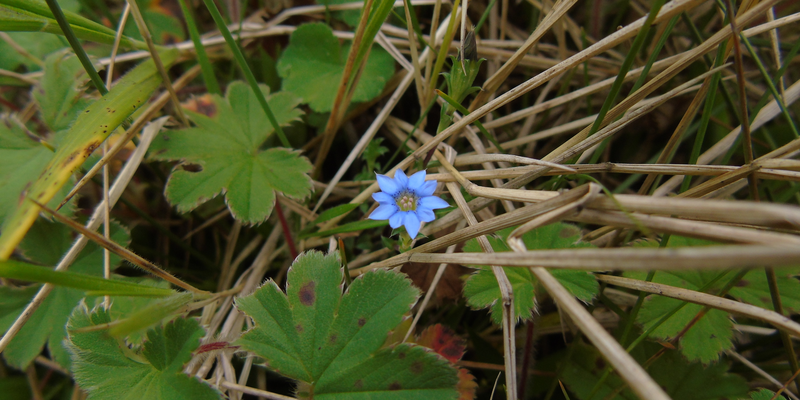Data use
Climate change threatening medicinal plants of Indonesia
Published 5/26/2023
Species distributions models predict significant future losses of suitable climate for two-thirds of Indonesian medicinal plant species

Encompassing two biodiversity hotspots, Indonesia is one of the megadiverse countries of the world, home to many plants relevant to medicine with immense potential value both locally and worldwide. Changes to climate, however, are affecting and threatening the distribution of these species.
Using GBIF-mediated occurrences of 139 priority medicinal plants in Indonesia, the authors of this paper created models of the species' distributions under current climatic conditions and future conditions based on projections of greenhouse gas emissions for the years 2050 and 2080.
The models predicted that two-thirds of Indonesian medicinal plants will lose rather than gain areas of suitable climate. Over half of the plant species examined stood to lose up to 80 per cent of their suitable area of distribution—with the largest losses seen in Papua, Java and Sulawesi.
By assessing the future threat level of medicinal plants according to IUCN Red List criteria, the authors identified twenty species as the highest priorities for recommended long-term conservation efforts in the country.